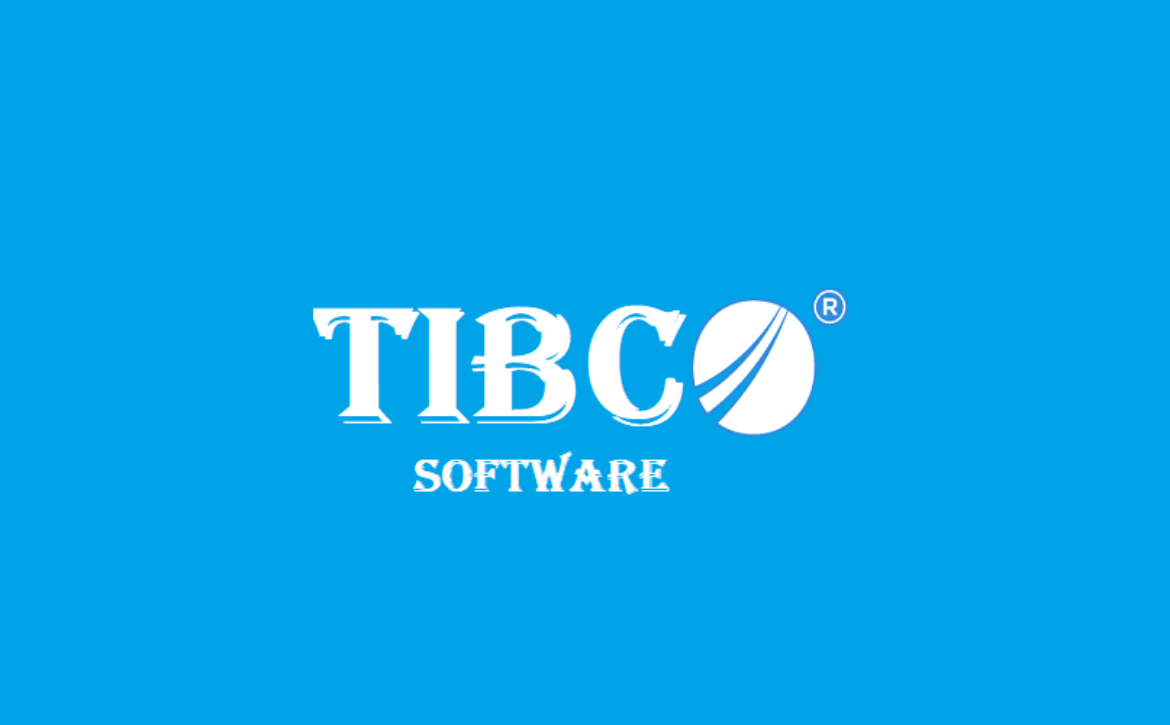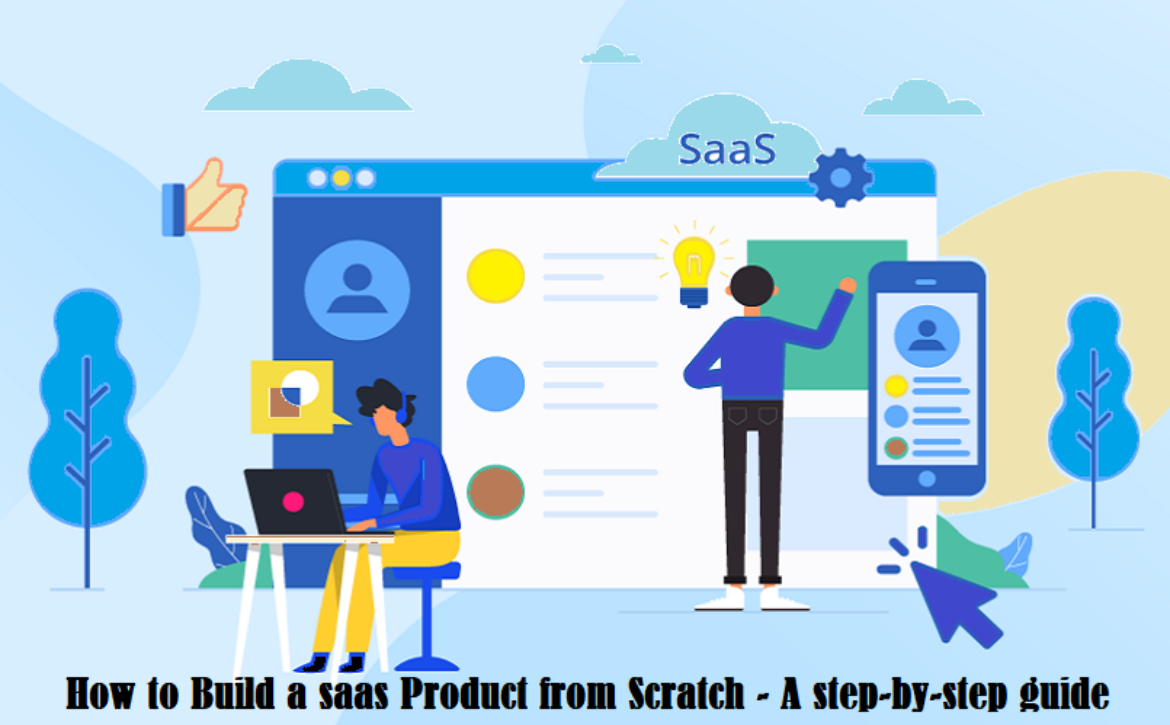ChatGPT what is it, and How can we use ChatGPT?
What Is ChatGPT?
——————————-
ChatGPT is a significant language model developed by OpenAI, a leading AI research laboratory based in San Francisco. It is an advanced chatbot that can understand and generate human-like text based on the input it receives. It is built using a deep neural network architecture known as the transformer, which allows it to process vast amounts of data and generate high-quality language outputs.
Who Built ChatGPT?
——————————-
ChatGPT was developed by OpenAI, a research laboratory founded in 2015 to promote and develop friendly AI that benefits humanity. OpenAI is a leading player in the AI research field and has made significant contributions to the advancement of machine learning and natural language processing.
ChatGPT Traning
——————————-
ChatGPT is trained on a large corpus of text data, which includes a wide range of sources such as books, news articles, and websites. During training, the model is presented with input text and the corresponding target text, and it learns to generate the target text based on the input. The model is trained using a supervised learning technique, which minimizes the difference between the generated text and the target text. The model’s training process is iterative, continually improving its ability to generate human-like text as it processes more data.
Features and Limitations
——————————-
An impressive aspect of ChatGPT is its capacity to generate and comprehend human-like language. This allows it to respond to various inputs, from simple questions to complex conversations. Additionally, ChatGPT can understand context, which enables it to generate relevant and coherent responses.
However, like all machine learning models, ChatGPT has limitations. For example, it may generate responses that are not entirely accurate, or it may need help understanding certain concepts. Additionally, it may generate responses that are inappropriate or offensive.
Price
——————————-
OpenAI offers access to ChatGPT through its OpenAI API, which requires a subscription. The subscription cost varies based on the usage level and the number of API requests. OpenAI also offers a free tier for developers who are testing the API and exploring its capabilities.
Advantages of Using ChatGPT
——————————-
One of the key advantages of using ChatGPT is its ability to understand and generate human-like text. This makes it ideal for applications where human-like responses are required, such as customer service chatbots or virtual assistants.
Additionally, ChatGPT can understand context, which enables it to generate relevant and coherent responses. This makes it well suited for use in complex conversation systems, where the context is important.
ChatGPT’s versatility in processing multiple languages is another feather in its cap. The model can be trained on data in multiple languages, which allows it to understand and generate text in different languages. This makes it ideal for multilingual applications, such as language translation systems.
Limitations of ChatGPT
——————————-
While ChatGPT boasts several strengths, it is also essential to recognize its limitations. For example, the model may generate responses that are not entirely accurate, or it may need help understanding certain concepts. These limitations are mainly due to the nature of machine learning models, which are trained on large amounts of data but may only sometimes generate the most appropriate responses.
Another limitation of ChatGPT is its cost. Access to the OpenAI API, which provides access to ChatGPT, requires a subscription. The subscription cost varies based on the usage level and the number of API requests, which can be a barrier for some users.
Applications of ChatGPT
——————————-
ChatGPT has lots of potential applications, including:
- Chatbots: ChatGPT can be used to provide answers to customer inquiries, handle customer service requests, and automate repetitive tasks. This can help to reduce the workload of customer service teams and improve the overall customer experience.
- Virtual Assistants: ChatGPT can schedule appointments, manage emails, and perform other tasks. This can help to improve efficiency and productivity for individuals and businesses.
- Language Translation: ChatGPT can translate text from one language to another. This can help to overcome language barriers and improve communication in multilingual settings.
- Content Generation: ChatGPT can generate articles, summaries, and other types of content. This can help to save time and effort in content creation and allow businesses to focus on other tasks.
FAQ
Is ChatGPT Free To Use?
——————————-
No, ChatGPT is not free to use. Access to the OpenAI API, which provides access to ChatGPT, requires a subscription. The subscription cost varies based on the usage level and the number of API requests.
Will Language Models Replace Google Search?
——————————-
It is unlikely that language models like ChatGPT will replace Google Search. While language models have the ability to generate responses to a wide range of inputs, they have a different level of comprehensive knowledge than search engines like Google. Additionally, search engines like Google use a variety of algorithms to rank and present information, whereas language models generate responses based on their training data.
What is ChatGPT trained on?
——————————-
ChatGPT is trained on a large corpus of text data, which includes a wide range of sources such as books, news articles, and websites. The training aims to allow the model to generate human-like text based on the input it receives.
How Can ChatGPT Be Used?
——————————-
ChatGPT can be used for various applications, including chatbots, virtual assistants, and language translation. ChatGPT can provide answers to customer inquiries, handle customer service requests, and automate repetitive tasks in chatbot applications. ChatGPT can schedule appointments, manage emails, and perform other tasks in virtual assistant applications. ChatGPT can be used in language translation applications to translate text from one language to another.
Is chat gpt useful for students?
——————————-
Yes, ChatGPT can be useful for students in several ways. Here are a few examples:
Study Assistance: ChatGPT can be used as a study tool to assist with learning and answering questions about a particular subject. For example, a student could ask ChatGPT questions about a certain topic, and the model would respond with relevant information.
Writing Assistance: ChatGPT can assist with writing assignments and essays. For example, a student could input a prompt or topic, and ChatGPT could generate a first draft or suggest potential outlines.
Language Learning: ChatGPT can help with language learning by answering questions in a foreign language or translating text.
ChatGPT is just one of many language models developed by OpenAI, a leading research organization in artificial intelligence. The organization has a strong focus on advancing AI technology in a responsible and ethical manner, and it is working to ensure that the benefits of AI are available to all.
It is important to note that while ChatGPT is a powerful tool, it should not be used in place of human judgment or decision-making. The model is designed to assist with tasks, but it needs the ability to think critically or understand the implications of its actions. As such, it should be used cautiously and in conjunction with human oversight.
Conclusion:
In conclusion, ChatGPT is a powerful language model that can generate human-like text based on the input it receives. While the model has some limitations, including cost and the potential for inappropriate responses, its many advantages make it a valuable tool for businesses and individuals.



 Make Sure That Everyone Is On Board
Make Sure That Everyone Is On Board





